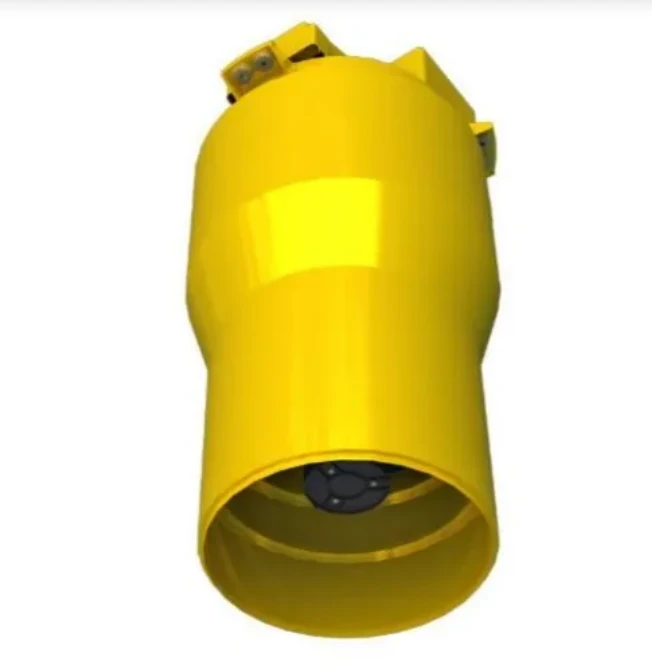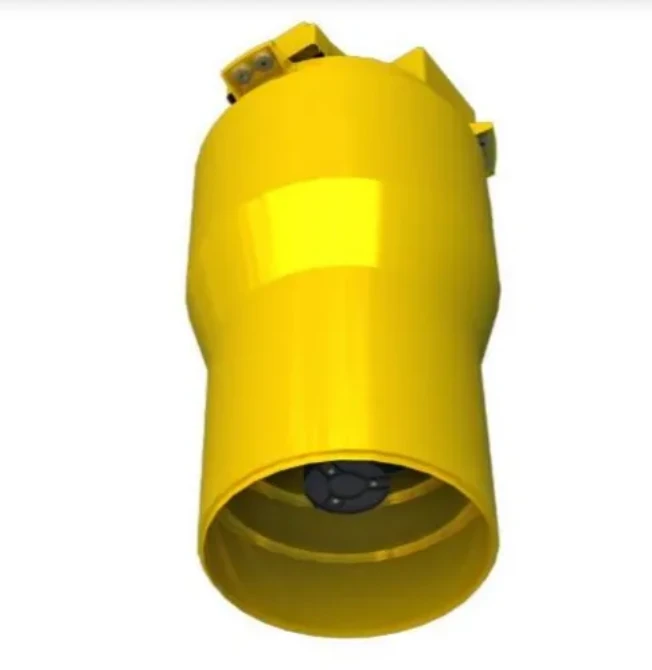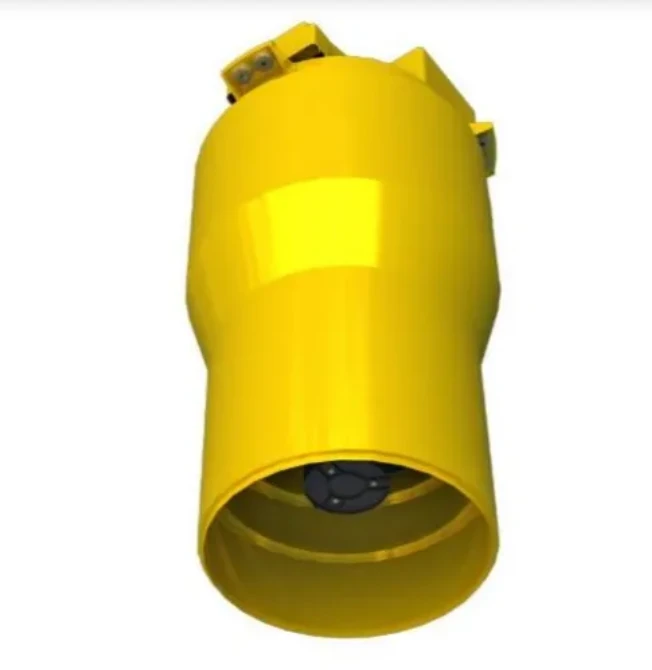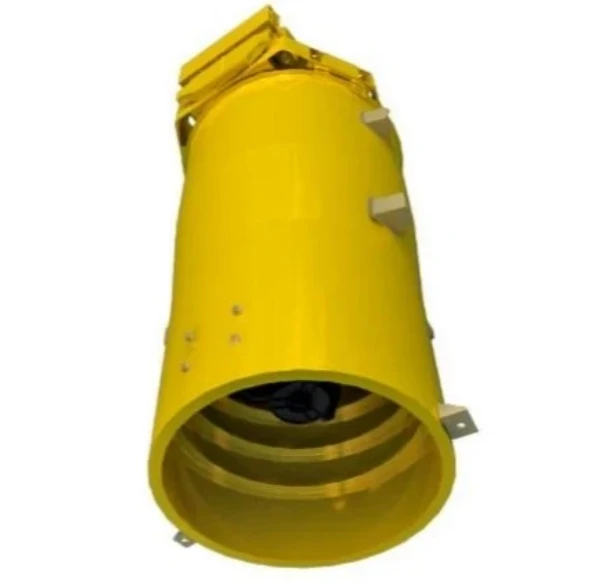
- Afrika
- basa Albania
- Amharik
- Arab
- Arménia
- Basa Azerbaijan
- Basque
- Bélarus
- Benggala
- Bosnia
- basa Bulgaria
- Katalan
- Cebuano
- Cina
- Korsika
- Kroasia
- Ceko
- Denmark
- Walanda
- Inggris
- Ésperanto
- Éstonia
- Finlandia
- Perancis
- Frisian
- Galician
- Georgian
- Jerman
- Yunani
- Gujarati
- Kréol Haiti
- Hausa
- Hawai
- Ibrani
- No
- Miao
- Hungaria
- Islandia
- igbo
- basa Indonésia
- Irlandia
- Italia
- Basa Jepang
- basa Jawa
- Kannada
- kazakh
- Khmer
- Rwandan
- Koréa
- Kurdi
- Kirgiz
- Buruh
- Latin
- Lativia
- Lituania
- Luksemburg
- Makedonia
- Malagasy
- Malayu
- Malayalam
- Malta
- Maori
- Marathi
- Mongol
- Myanmar
- Nepali
- Norwegia
- Norwegia
- Occitan
- Pashto
- Pérsia
- Polandia
- Portugis
- Punjabi
- Romania
- Rusia
- Samoan
- Gaelik Skotlandia
- Sérbia
- Inggris
- Shona
- Sindhi
- Sinhala
- Slowakia
- Slovénia
- Somali
- Spanyol
- Sundanese
- basa Swahili
- Swédia
- Tagalog
- Tajik
- Tamil
- Tatar Sunda
- Telugu
- Thai
- Turki
- Turkmén
- Ukrania
- Basa Urdu
- Uighur
- Uzbek
- Vietnam
- Welsh
- Tulung
- Yiddish
- Yoruba
- Zulu
Shaping the Third Dimension: High Resolution Cameras in 3D and Depth Imaging
As machines gain visual capabilities comparable to human perception, the field of 3D imaging and depth sensing has become a cornerstone of modern vision systems. At the heart of this technological leap are advanced high resolution cameras that combine optical clarity with depth data to interpret the world in three dimensions. From autonomous navigation and robotics to face recognition and industrial inspection, these systems rely on precise visual inputs from high definition and high MP cameras to generate accurate 3D models and spatial maps.
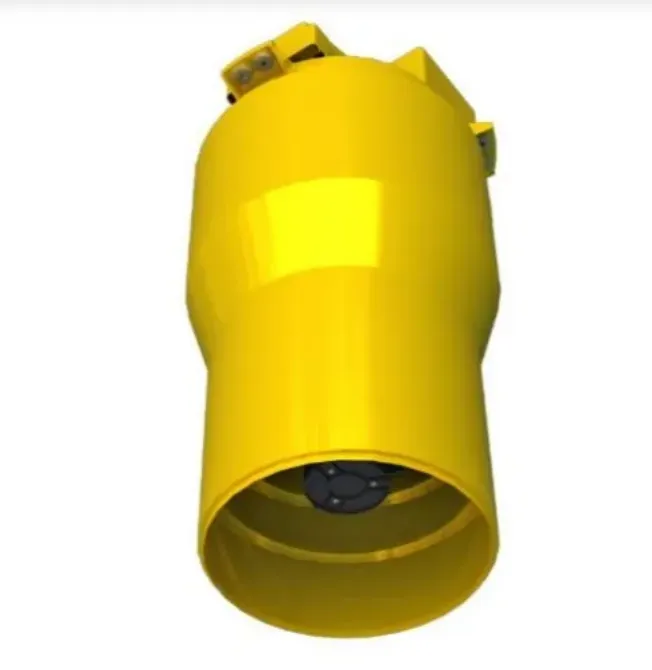
The Power Behind Precision: High MP Cameras for Depth Mapping
In 3D vision systems, clarity is not a luxury—it's a necessity. A high MP camera enables the capture of highly detailed surface textures, object boundaries, and subtle dimensional variations that are essential for accurate depth computation. Whether used in stereo vision setups or paired with laser and structured light systems, high resolution cameras help reconstruct physical environments with millimeter accuracy.
For example, in robotics, depth cameras equipped with high definition cameras allow machines to navigate dynamic environments, detect obstacles, and interact with objects safely. These capabilities are essential in automated warehouses, smart factories, and even autonomous delivery systems.
In smart agriculture, drones with high MP cameras collect 3D field data, allowing farmers to assess terrain, canopy height, and crop density—enhancing yield and reducing waste.
Facial Recognition and Biometrics
Advanced facial recognition systems don’t just look at a flat image; they read the contours of your face. This is made possible by combining infrared depth sensors with high resolution cameras. By creating a 3D map of facial features, these systems achieve high levels of accuracy—even in low-light environments or when the subject changes expression.
In mobile devices and secure access systems, this 3D facial recognition is now commonplace. The inclusion of high definition cameras ensures sharp visual input, while the depth sensor handles structural analysis, making spoofing nearly impossible.
Additionally, in the field of healthcare and orthopedics, 3D facial and body scans—powered by high MP cameras—assist in diagnosis, surgical planning, and prosthetic fitting.
Industrial Inspection and Reverse Engineering
In manufacturing and quality control, high resolution cameras with depth sensing capabilities are employed to measure part dimensions, detect surface defects, and verify assembly accuracy. These systems replace traditional tactile inspection methods, offering non-contact, high-speed evaluations that improve both safety and efficiency.
High resolution industrial cameras, especially those paired with structured light or laser triangulation modules, are used to scan engine parts, molds, circuit boards, and other precision components. The result is a 3D model that can be compared against digital blueprints for discrepancy detection.
Reverse engineering also benefits immensely. Engineers use high definition cameras and depth sensors to scan legacy parts and convert them into 3D CAD models, accelerating the prototyping process.
Immersive Applications: VR, AR, and Beyond
Virtual and augmented reality systems rely heavily on spatial awareness to blend virtual content with the physical world. High resolution cameras with built-in depth sensing make it possible to track room geometry, user movement, and object interaction in real time.
In AR-based interior design apps, for example, high MP cameras allow users to visualize how a piece of furniture fits in their actual living space. For VR games and simulations, depth cameras provide motion tracking, hand gesture recognition, and spatial interaction—all essential for immersive user experiences.
Even in cinematography, 3D vision enabled by high resolution cameras contributes to volumetric video capture, where actors and scenes are digitized in full 3D for post-production flexibility.
The fusion of high resolution cameras, high definition cameras, and high MP cameras with depth sensing technologies has revolutionized how machines “see” and interact with the world. Whether building safer robots, smarter security systems, or more immersive digital experiences, 3D vision is pushing boundaries in every direction.
As this field evolves, expect high resolution camera systems to not only capture what’s in front of us—but to interpret space itself, with accuracy, intelligence, and transformative potential.







